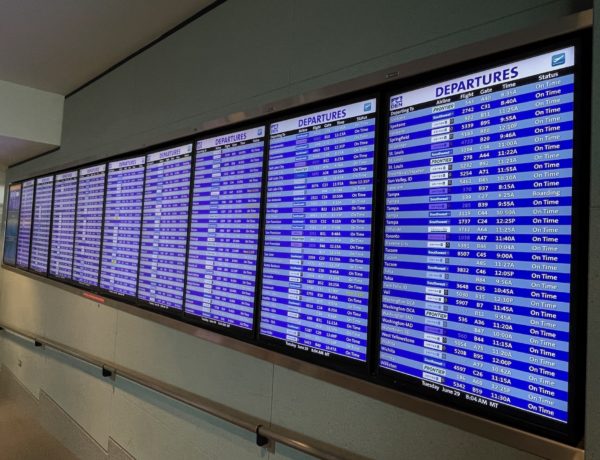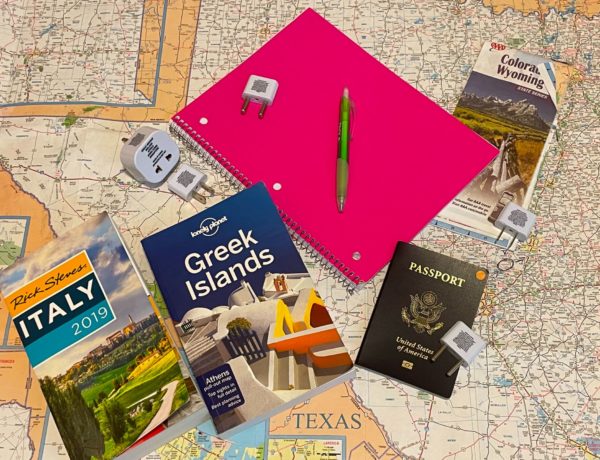
The freedom of plotting your own course. The humor of waiting for sheep lazing in the street to move on. The rush of adrenaline when you traverse steep cliffs without a guardrail. Good, bad, or terrifying, there’s nothing like renting a car abroad.
Driving overseas provides unrivaled flexibility and adds an element of excitement to each trip. Should you explore the less-traveled road to discover treasures kept hidden from roving tour groups? Of course, you should. Can you and the oncoming SUV share this small road? If others have done it, you can too. Why would this cliffside road not have a guardrail? Maybe that’s why that beach isn’t in the tour book.
Don’t worry, road tripping in other countries isn’t as scary as it sounds. Do some research, take your time, and hit the road. With a little planning and some helpful reminders, it’s an experience you won’t regret – or forget.
Table of Contents
Plan your route before you book
When you plan to drive your way across unfamiliar terrain, it’s important to know where you’re going and what the road conditions are before you book. For instance, many of Iceland’s best sights can only be found down roads where 4-wheel drive is more than just a recommendation. Conversely, if you know you’ll be driving down narrow roads or through congested cities, maybe you don’t want to spring for the fancy SUV.
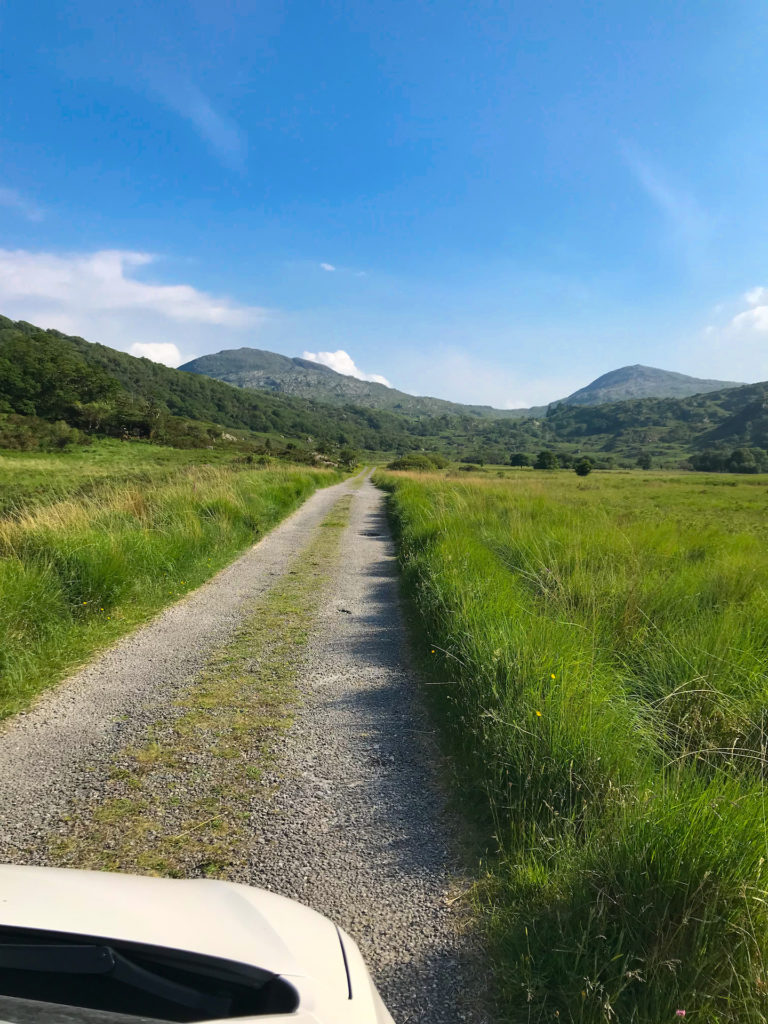
Knowing your route can also help plan your budget when renting a car overseas. Driving through multiple countries can be more cost-effective than flying or even the train, but crossing borders could impact your rate and insurance. Once you’re on the road, you can always change course, but having at least an outline of the places most important to you will help you book the best option.
It’s also helpful to review translations and signage that may be unfamiliar to you. The Lonely Planet guidebooks include this info in the back of each book for easy reference. And finally, make sure to pick up a paper map before setting out. Even if you get international service on your phone, you may not always be in cell tower range. Having hard copies of maps and directions to places like your hotel will keep you from getting lost.
Know what to expect on the road
Chances are, you won’t be the first visitor attempting to drive at your destination. Read through a few blogs – from locals and other tourists – to get first-hand recounts of the experience. It’s good to get a few different perspectives too. One person’s misadventure could be someone else’s journey of a lifetime.

The US Department of State includes information on road safety and conditions for various countries on their site. A high-level review of traffic laws and safety considerations for other modes of transportation is also included.
When you have a clear understanding of the conditions, be honest with yourself. Will you be too nervous driving that you’ll end up hating the trip? Would it be less stressful to spring for automatic transmission instead of convincing yourself you can learn a stick-shift as you go? Know what you’re comfortable with and how much of the unexpected you can handle. The goal is to have the best trip possible, no matter how you do it.
Check rates on OTAs & direct bookings
OTAs like RentalCar.com and Skyscanner are great places to start shopping rates. They also make it easy to compare features, cancellation policies, and insurance requirements from multiple providers at once – including local operators you may not be familiar with. Most of the smaller operators are well-known and accredited locally, though it never hurts to check reviews before booking with one of them.
Check the operator’s site directly when you think you’ve found an operator and a rate you like. Many times, you’ll find they offer the same rate or even lower. If the need to cancel or change your reservation may arise, it’s typically easier to work out through the operator directly than a third party too.
Before you press “submit,” confirm all the details. Is the car big enough for your passengers and their bags? Luggage sizes vary quite a lot from country to country, so make sure the car you’re looking at has enough trunk space. Most rental cars abroad are manual transmissions too. They tend to show up first in results and are less expensive than automatics. It never hurts to triple-check all the details.
Don’t skimp on insurance
Certain countries have very specific insurance requirements for car rentals, so reading the fine print can be helpful. And check with your home-based insurance too. In many cases, they’ll at least cover the personal liability insurance for injuries to passengers, even in other countries.
Your credit card may also include some level of insurance for renting a car abroad. All cards and all countries will have varying levels of coverage, so it may be easiest to call and verify what is and is not covered. Even then, sometimes, it’s easiest to buy insurance through the rental operator. It could prevent anything from being lost in translation or gaps in coverage between parties.
The first time I rented a car in Ireland, I bought maximum coverage. I could do anything to the vehicle except abandon it. I knew the roads would be much smaller with the added complexity of driving on a side of the road I wasn’t used to, so it gave me peace of mind. As I cruised around tight corners, hugging thorny shrubs and rocks jutting out from jagged cliffs, I felt content knowing I was covered.
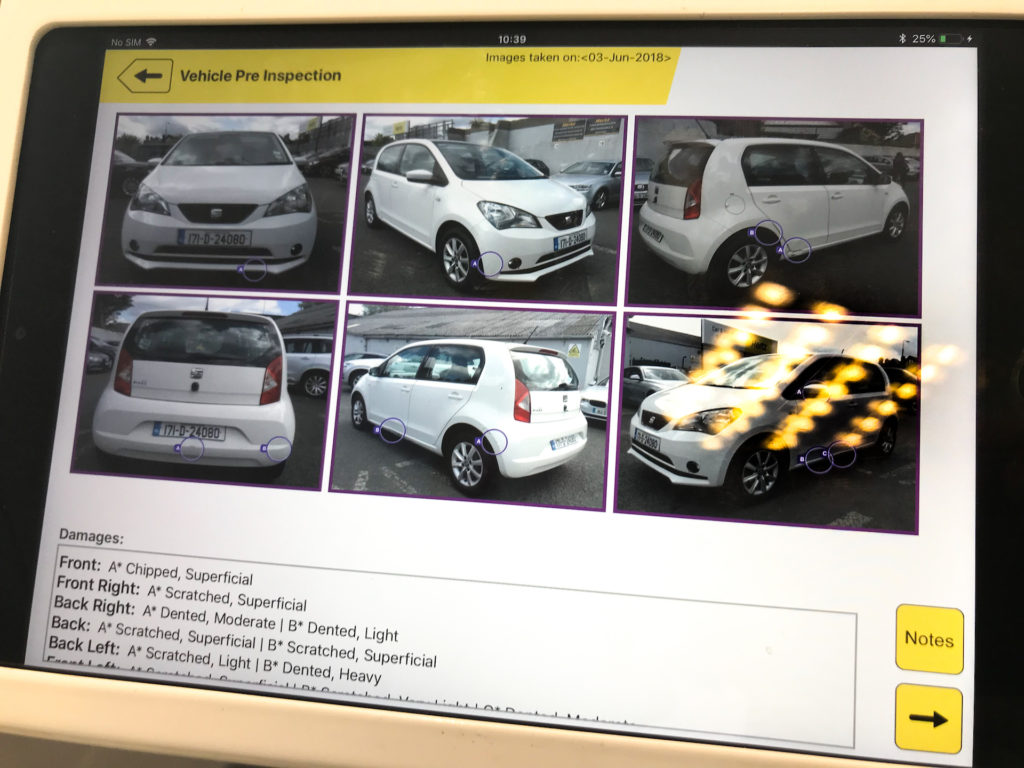
Get the proper documentation
Many countries around the world require you to have an International Driver’s Permit (IDP) in addition to your standard license. The IDP effectively translates your license into multiple languages, so it’s not valid on its own. Not every country calls for it, so make sure to check your destination’s requirements.
If you do need an IDP, they’re super simple to get. If you’re in the US, head to your local American Automobile Association (AAA). The cost for a permit is $20, and they can take your photo on-site if needed (for an additional fee). They only need a few minutes to prepare it for you there in the office.
Before you take off, make photocopies of all your documentation (IDP, native driver’s license, passport, insurance policy, etc.) to have on hand just in case. You never know when you might need it.
Beware of the upgrade

When it’s time to pick up your car, you’ll likely be a bit jet-lagged and maybe even a little grumpy. Then the rental agent tells you they’d be happy to offer you a free upgrade today to make your time in their country even more memorable. Before you get too excited, make sure you know what vehicle they’ll be upgrading you to.
Most likely, the upgraded vehicle will be larger than what you booked. The rental operators have a hard time booking these cars and therefore can offer them to you for “free.” Even if you’re planning to stick to highways and major roads, large vehicles can be a pain to find parking for. You don’t have to say no automatically but get more details before saying yes.
And if they’re willing to offer you the upgrade, maybe they have some seasonal specials or other discounts they don’t advertise online.
Don’t be afraid to ask questions
This is also a great time to confirm your return day and time and any penalties for a late drop-off. Most rental operators will charge you for a whole day, even if you’re just an hour late. And if you don’t want to get caught paying an excessive amount for gas, confirm what level is needed when you return the car. And could they recommend stations near drop-off?
When the agent directs you to your car, take pictures and note existing damage. This is a good rule of thumb no matter where you’re renting a car. The operator will likely have you sign a piece of paper acknowledging the existing dings and dents, but it never hurts to have pictures to back you up.

And don’t be afraid to ask for help. Can the agent give you any tips for driving on a new side of the road? Are there certain types of roads you should avoid? And do they have any recommendations for the more adventurous traveler? Remember you’re talking to a local. There’s no one better to provide amazing, off-the-beaten-path recos?
Enjoy the ride
Every vacation brings an opportunity to stretch outside of your comfort zone and try something new. Renting a car abroad is not only fun, but an opportunity to do just that. Don’t be afraid to be the master of your own destiny on your next trip. If others can conquer new roads, so can you.
If you’ve tried driving in other countries, I’d love to hear about your experiences! Share your most memorable adventures in the comments below.
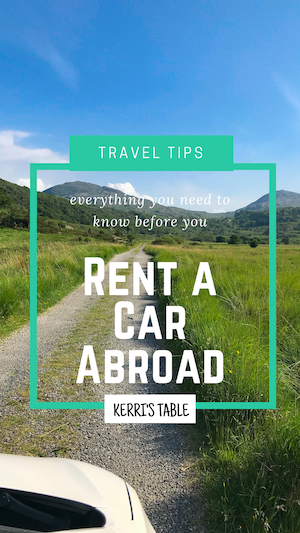
Pin this post for the next time you rent a car abroad.
